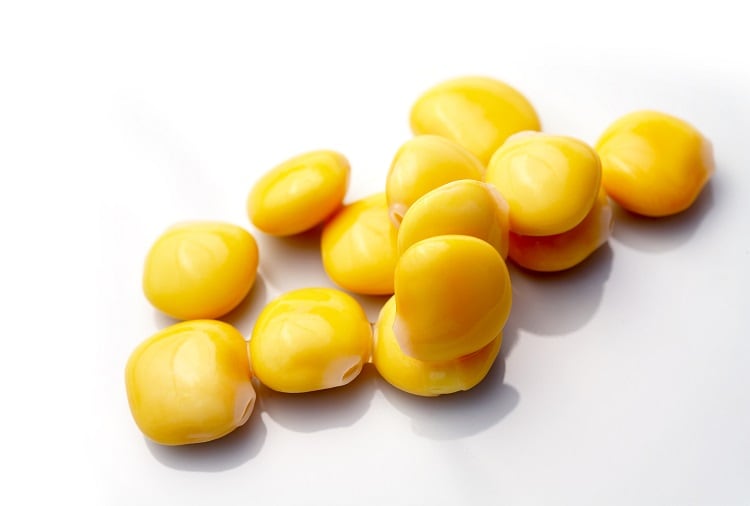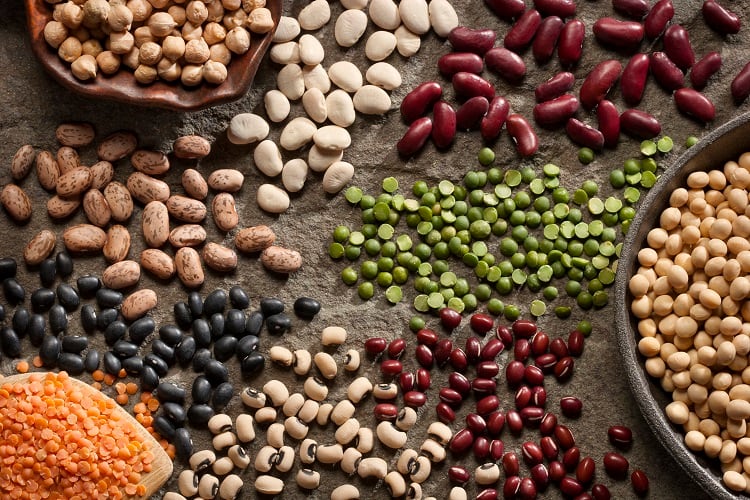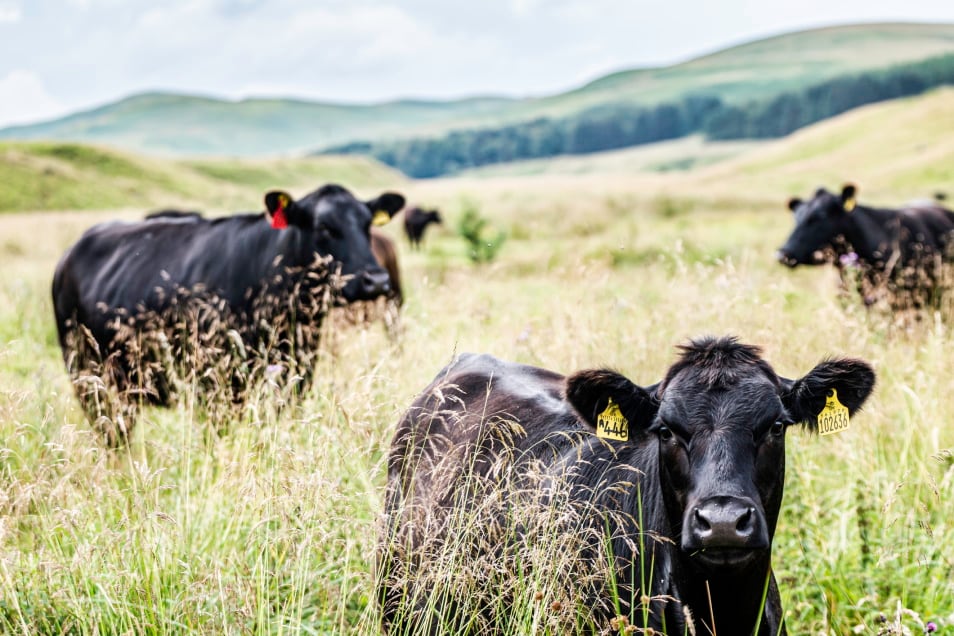In the face of climate change, the Dutch government wants to reduce the Netherlands’ greenhouse gas (GHG) emissions by 49% by 2030 (compared to 1990 levels), and 95% by 2050.
Reducing meat and dairy consumption while increasing intake of plant proteins is one way the country can cut GHG emissions. Total emissions from livestock globally equate to 7.1 gigatonnes of CO2e annually according to the UN, representing 14.5% of all GHG emissions originating from human activity.
Progress has been made in making plant-based alternatives accessible to consumers on home soil. Price data collated by supermarket researcher Questionmark on behalf of food awareness organisation ProVeg suggests conventional meat has now been undercut by plant-based alternatives in the Netherlands.
But the shift from animal to plant-based proteins is not moving fast enough to meet Dutch national goals for climate, nitrogen, and combating deforestation, according to a group of public-private actors.
From the supply side, few farmers manage to grow profitable protein crops to feed the local market. As a result, most plant proteins in the Netherlands – including soy – are imported. As to consumption, despite consumer intentions to eat and drink fewer animal products, the animal:plant consumption ration remains unbalanced.
An economic and eco-friendly proposition
“An acceleration of the transition is needed,” according to the five initiators of a ‘master plan’ for protein transition made up of Wageningen University & Research; the Dutch Ministry of Agriculture, Nature, and Food Quality; the Southern Agriculture and Horticulture Organization; Larive International B.V.; and Next Food Collective.
Such an acceleration is possible, believe the group, who say growing plant protein at a large scale and increasing consumption by 100% is achievable within six years.
The project, entitled Economically-Powered Protein Transition through Innovation in Chains (EEPIC), was submitted to the Dutch National Growth Fund last week by the Ministry of LNV on behalf of the five initiators and 82 partners. A total of €96m has been requested from the fund.
According to Deloitte, the plan could catalyse €2.6bn in economic activity and contribute significantly to achieving climate and nature goals.
EPPIC aims to deliver new perspectives for farmers in the transition and expects soybean imports can be reduced by a third. Significant environmental benefits are also expected to be achieved, including a 640m kg reduction in CO2 emissions, a 10m kg reduction in nitrogen, and a 7% reduction in land use for the Dutch diet.
Encouraging higher yields and working with local supply
To achieve the 87 parties’ aim of doubling consumption of legumes in the Netherlands by 2030, agricultural players, food industry, and consumers will be implicated.
For farmers, the plan is centred around the economic feasibility of growing crops high in vegetable protein, such as soybeans, peas, field beans and lupins. Yields per acre must increase, and plant and cultivation disease resistance improve.
As it stands, transitioning from animal source farming to legume cultivation is no easy feat, Stacy Pyett, program leader Proteins for Life at Wageningen University & Research explained. “At the moment, it is a hard switch to make, because it is hard to earn the same return on cultivation with legumes as compared to animal source farming,” she told FoodNavigator.
However, the initiators have observed that a relatively small percentage of between 5-10% of farmers are ‘inherently motivated’ to make this change. EPPIC’s approach is to start with these farmers in the short-term in order to convince others of the economic potential.
“If the economic potential is there, a broader group of farmers is willing to make a change.”

The food and beverage industry is also implicated, with manufacturers requiring the know-how to adapt their production processes from imported soybean to Dutch legumes.
Encouraging consumer uptake of legumes: alternatives and whole pulses
For the EPPIC project to succeed, consumers will also need to come on board.
The Dutch initiators have observed a ‘willingness’ amongst consumers to shift their diet towards more plant-based products over the last five years. What hasn’t been seen, is a ‘genuine’ reduction in meat intake and increase in plant-based consumption in a ‘sufficiently satisfying way’, Pyett told this publication.
Last year’s figures, however, do show ‘promising’ movements. “For the last two years, we’ve seen a decrease in meat consumption and an increase in direct consumption of whole pulses. And of course, we see strong growth in plant-based alternatives, whether that be meat replacers or dairy replacers.”
One question the EPPIC project will be looking to answer is whether eating meat substitutes based on plant proteins is a necessary intermediate step that eventually leads to consuming legumes that are less processed. “Health aspects are also receiving attention in this research.”

How can Dutch consumers be encouraged to increase uptake of legumes, both as alternatives to meat & dairy and as minimally processed whole pulses?
“Our approach is to work on the ‘food choice environment’, which is the landscape within which you encounter your food,” Pyett explained. “If you’re at a train station, for example, it can be hard to find something that is plant-based, healthy and sustainable. It’s much easier to find a fried meat snack kind of food.
A significant increase in production and consumption of crops high in vegetable protein is achievable within six years, according to initiators of a ‘master plan’ put towards the House of Representatives.
The EPPIC cohort hopes the project will kick off in early 2024 and run for a period of six years, ending in 2030.




